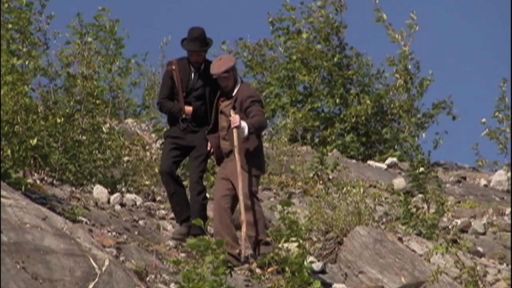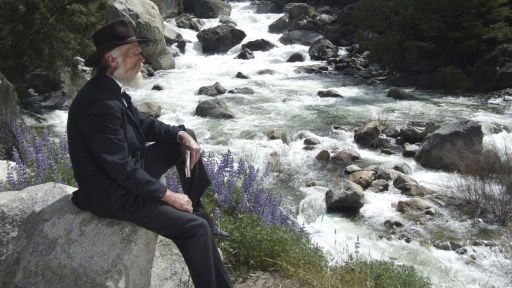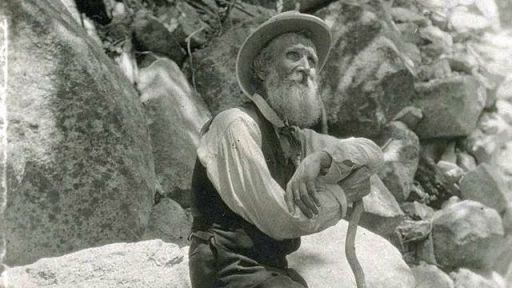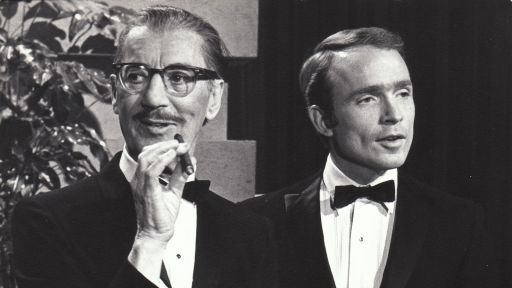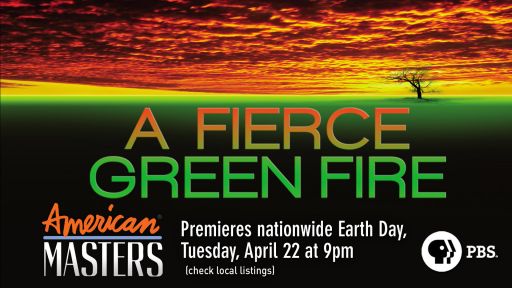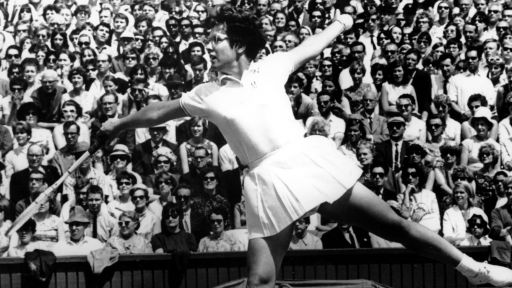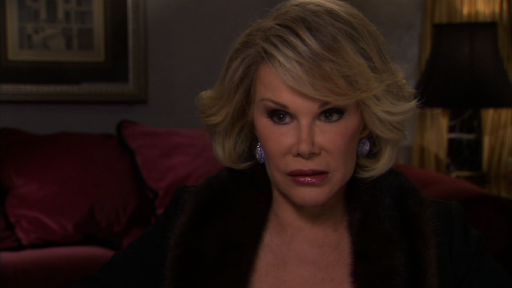Catherine Tatge, the Director/Producer/Writer of American Masters John Muir in the New World, discusses how she used reenactments to provide the visual elements needed to communicate the power of Muir’s story, casting the part of Muir, and why Muir is an American Master.
CATHERINE TATGE: I knew who John Muir was but I didn’t know much about him and three friends and colleagues from Seattle invited me to Alaska. They wanted to do a feature film about Muir and his Alaskan travels, and I went up to Alaska and it was my first encounter with real wilderness and I was…I was awed by what I saw. And for example when I went up on the Mendenhall Glacier and…and visited some of the ice caves, I was just, I’ve never seen anything more beautiful than these cathedrals of ice. I have been to many cathedrals in Europe but nothing compared to these cathedrals that I saw of just sheer ice. The beauty there was extraordinary. I thought, well, why not make a documentary on John Muir for public television?
I think the challenge of making this film is that the only photographs that existed of Muir were these portraits when he became well-known in America. And that there was absolutely nothing of his early life, there was no documentation of his…his family. There were very few pictures that existed and so I was really left with well, how was I going to tell the story without these visuals. And so I decided that I would have to do recreations. One of the challenges was, how was I going to find actors who would play in the wilderness and be really like wilderness people?
I decided to cast the characters from people who were mountaineers, wilderness explorers because I felt that it would give a kind of integrity to the film and the sense that I didn’t want actors pretending that they were experiencing the wilderness. I didn’t want that feeling of pretending. I wanted people who in a sense could help us see how we might encounter nature. And the challenge with working with those kind of people is that when I asked them to do a take over and over again, it was difficult for them. I mean there were times where, I mean they never complained but it’s not something that they’re used to. They are used to very, being very free-spirited and all that. So that was kind of fun.
It was quite magical because I learned so much from the way they observed nature. I would walk by some flowers and think oh, these are lovely flowers, but the way they looked at it, all of a sudden I realized well, it’s like looking at art. That the way they saw these flowers and the way they cared for them and…and just appreciated them made me appreciate them.
The great surprise about John Muir is that I thought he was really someone who was only interested in preservation and nature and the wilderness but in the process of making this film I learned he was an extraordinary inventor, that in fact at a certain point in his life he could have gone in the direction of becoming a real industrialist but then he had an eye accident and lost his sight for a period of time and then during that period of recuperation he made the decision that he would go out and explore the wilderness and so that…that part of him that was the inventor was something that was completely new to me.
The other thing which I think people don’t know and which I didn’t know was that he was an extraordinary farmer. He was raised on a farm, but then when he married Louise Strentzel and started having a family, he ran the Strentzel family farm and he was very good at it. So in a sense, I look at Muir as kind of a renaissance person. He was an incredible writer, he was an inventor and when he was working on the farm as, with his family, he in fact invented many things to make farm work easier so he carried that with him. He was an explorer, he was a geologist. So the man and many, many talents.
I think the message John Muir gives to us is that we are connected to nature, that we have to be careful not to become too wedded to science and technology. In a way, many of us have been cut off from nature and we somehow have to find a way to become in relationship with nature. For example, when he says everything is hitched to everything else, what Muir is saying is that we can’t survive as a species and as a planet if we don’t, if we aren’t in relationship with nature. If we don’t understand that we can’t survive as a species without nature. And I think that that’s what really motivated me to make this film.
I brought the project to American Masters because I felt that in a sense, Muir was an American master as a writer. And he doesn’t fit the typical American Master program but Susan Lacey the executive producer of the series felt that the work that Muir had done and what he has to contribute was worthy to be on the series.

